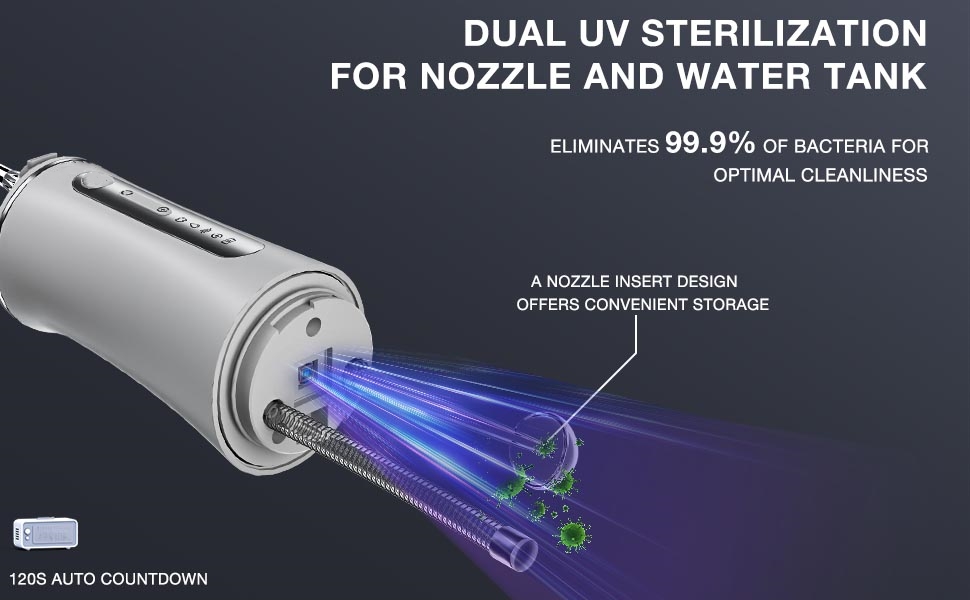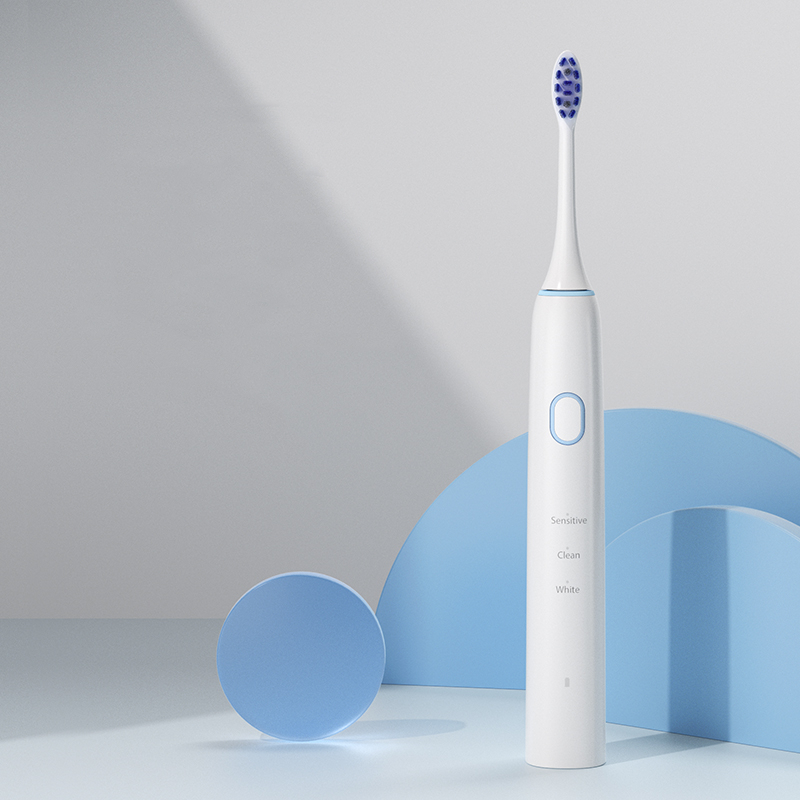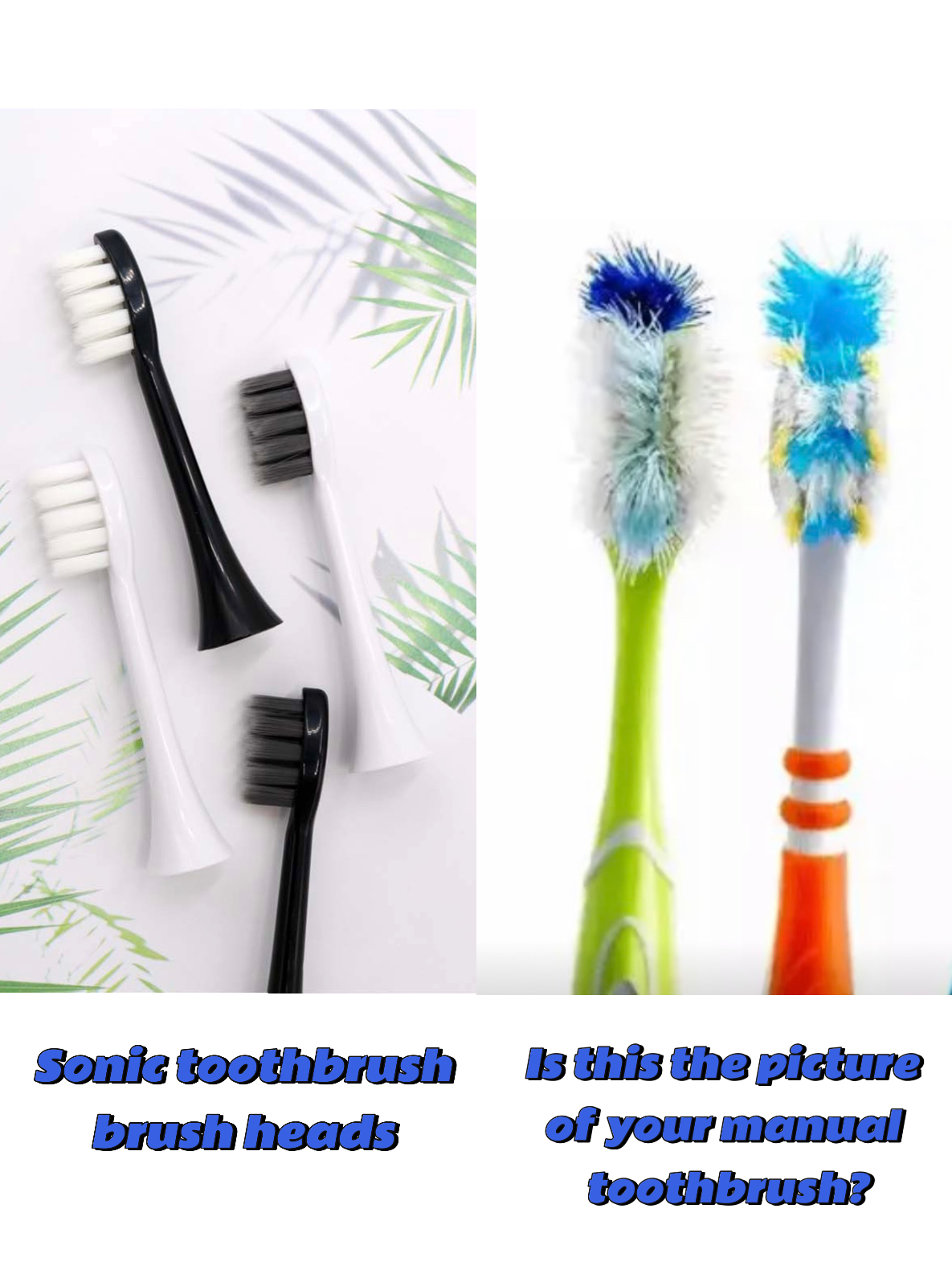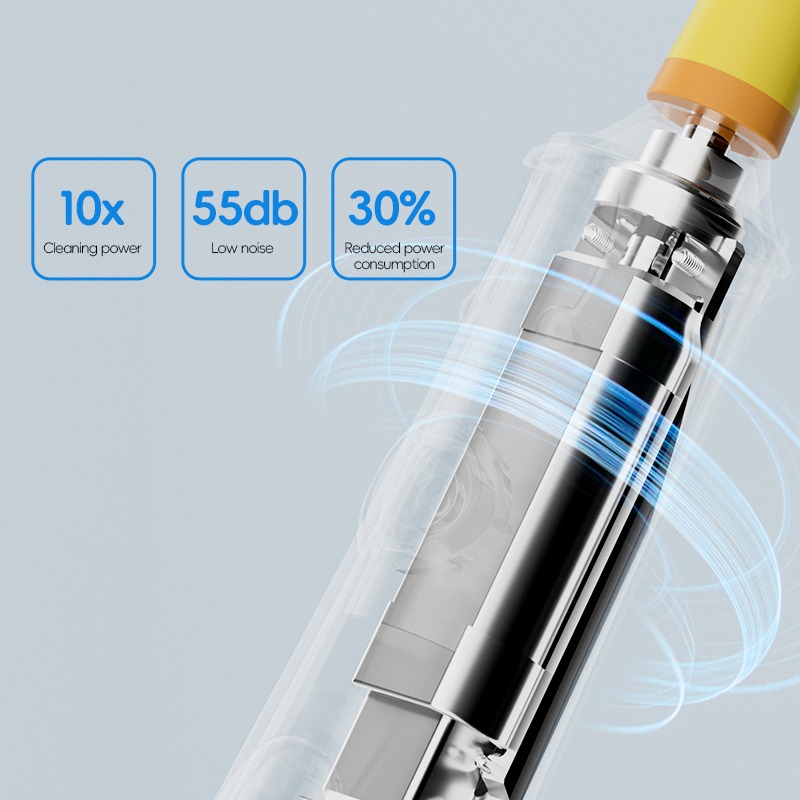Is your customer’s sonic brush suddenly rattling, weakening, or making strange noises? Many OEM clients and service teams frequently face similar queries from end users. Knowing how to fix vibrating toothbrush performance issues through basic motor troubleshooting not only saves costs but also increases product reliability and satisfaction. In this article, we’ll guide you through key root causes, quick inspection tips, and essential design considerations—perfect for manufacturers, engineers, and aftersales support professionals.
Before diving into solutions, it’s essential to understand the warning signs of a motor issue:
Each of these may point toward a different motor troubleshooting path—from mechanical imbalance to power connection issues.
Let’s explore the most frequent technical reasons behind performance drops:
Understanding these failure modes is the first step to fix vibrating toothbrush complaints effectively.
Here’s a simple but effective diagnostic flow to isolate the problem:
For manufacturers aiming to reduce returns or service complaints, consider these product design adjustments:
Embedding these in product development reduces the need for future motor troubleshooting.
While DIY is helpful for B2B testing and internal inspection, general users should be cautious. Many performance issues come from:
Providing user manuals or app notifications can prevent misuse and extend the brush’s life without requiring technical intervention to fix vibrating toothbrush problems.
If the toothbrush motor shows signs of internal damage—such as burnt smell, high resistance, or erratic RPM—even the best motor troubleshooting won’t resolve it. In such cases:
Having a clear policy on replace vs. repair improves service efficiency and enhances aftersales reputation.
Knowing how to fix vibrating toothbrush performance issues through DIY motor troubleshooting empowers both manufacturers and technical partners. With proper inspection, design foresight, and field support strategies, you can dramatically reduce failure rates and improve customer trust—essential qualities in today’s B2B oral care supply chain. Contact Powsmart


Can a High Endurance Motor Deliver Long Battery Life for 90 Days?

Can Sonic Brushes Polish Without Damage?

USB-C Rechargeable Brush Dying on Trips? Portable Toothbrush Case Saves Your Smile!

Does UV Sanitizer Compatible Tech Keep Clean Brush Heads Germ-Free?

3-Month Brush Head Replacement Reminder: Why It Matters for brand owners

Electric Toothbrush for Gum Recession – Soft Bristles & Pressure Control

See How Powsmart’s Real-Time Brushing Data for Kids Works via Your Phone!

Do V-Shaped Heads Clean Braces Better?

sonic electric toothbrush San Jose

Custom Electric Toothbrush Packaging – Retail & Wholesale Options

Why Choose Powsmart as Your Electric Toothbrush OEM Partner?

When Should Brush Head Replacement Pair with Sanitize Toothbrush Head Routines?
.jpg)
Electric Toothbrush Noise Level Test: Powsmart vs. Philips & Oral-B

How Does This Quiet Electric Toothbrush Score in Noise Comparison Test?

What’s the Best Brush for Braces cleaning?

How Can I Disinfect Electric Toothbrush Head? BPA-Free & Hygienic Options

Private Label Whitening Gel

electric toothbrush heads Charcoal Infuse-Round

Customization Teeth Whitening Gel

electric toothbrush heads Ultra Soft

electric toothbrush heads Regular Clean
.jpg)
Florida Electric Toothbrush – Powsmart PTR-C8

electric toothbrush heads Deep Clean

Electric toothbrush heads Charcoal Infused-Diamond
whstapp
whstapp
National Toll-Free Service Hotline
+86 755 86238638